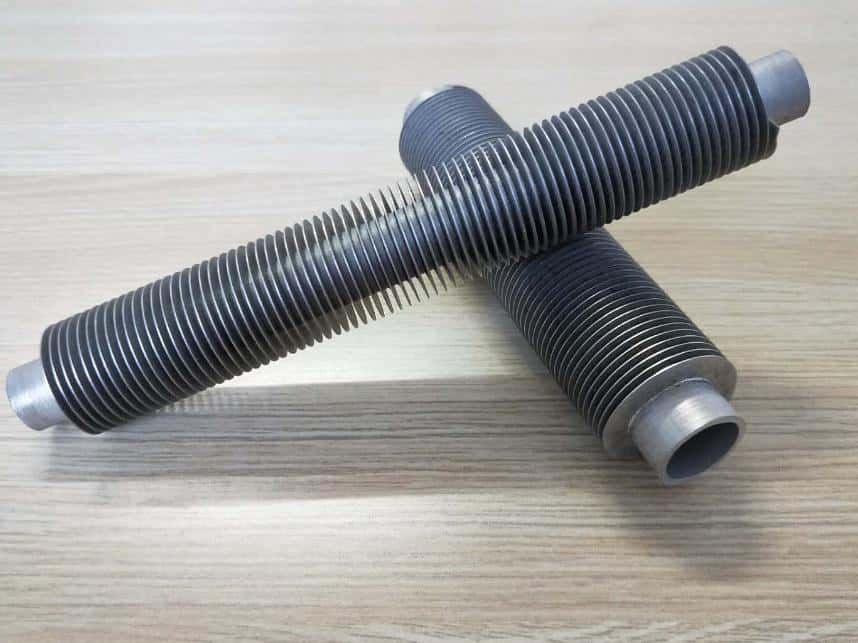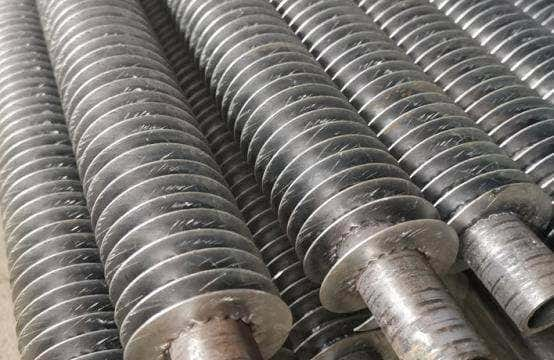Finned tube process: they can be divided into integral finned tubes, welded finned tubes, high-frequency welded finned tubes and mechanically connected finned tubes.
1. Integral finned tubes are cast, machined or rolled, and the fins and tubes are integrated.
For example, the economizer of a low-pressure boiler uses integrally cast finned tubes.

No contact thermal resistance, high strength, thermal shock and mechanical vibration resistance, good heat transfer, mechanical and thermal expansion performance, but high manufacturing cost, suitable for low-finned tubes (finning ratio less than 5)
2. Welded fins are manufactured by brazing or inert gas shielded welding.
Fins and tubes of different materials are welded together.
Finned tubes are easy to manufacture, have good heat transfer and mechanical properties, and are widely used in industry.

Since the residue in the weld is not conducive to heat transfer, the welding quality must be guaranteed.
3. High-frequency welded finned tubes use the high-frequency electric induction generated by the high-frequency generator to generate high temperature and partially melt the contact between the surface of the tube and the fins, and then connect the fins and the tubes into one body by pressurizing.
There is no welding machine, no solder in the linking process, simple manufacture, excellent performance, and the most widely used process in industrial applications.

4. Mechanically connected finned tubes include winding fins, insert fins, sleeve fins, and string fins.
Finned tubes are widely used in various heat exchange systems and fields.
The manufacturing process to be used in the actual application process shall be selected according to the actual working conditions and economic budget.
